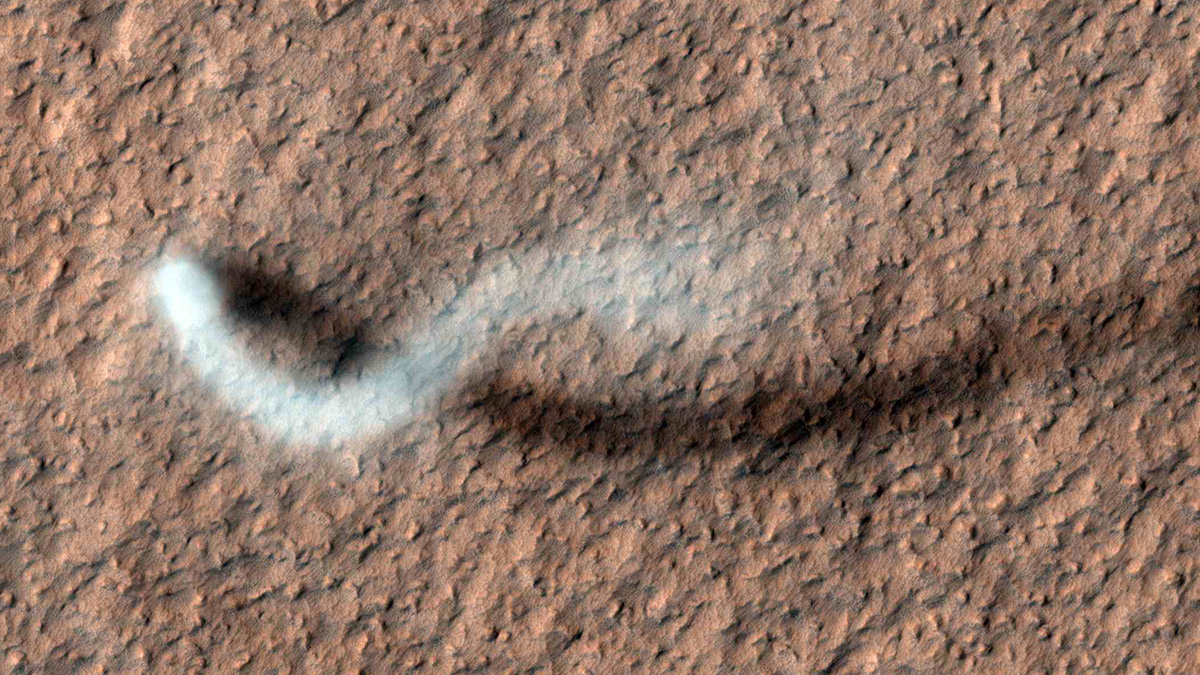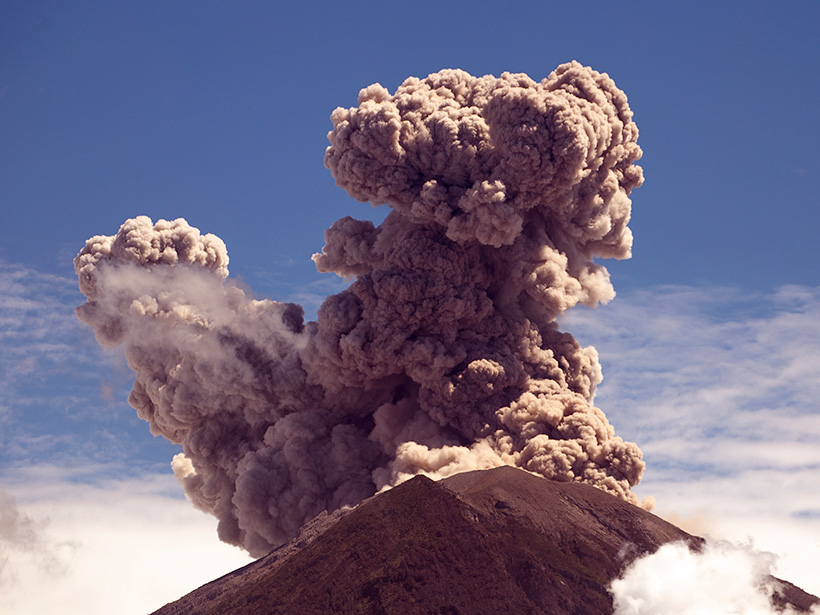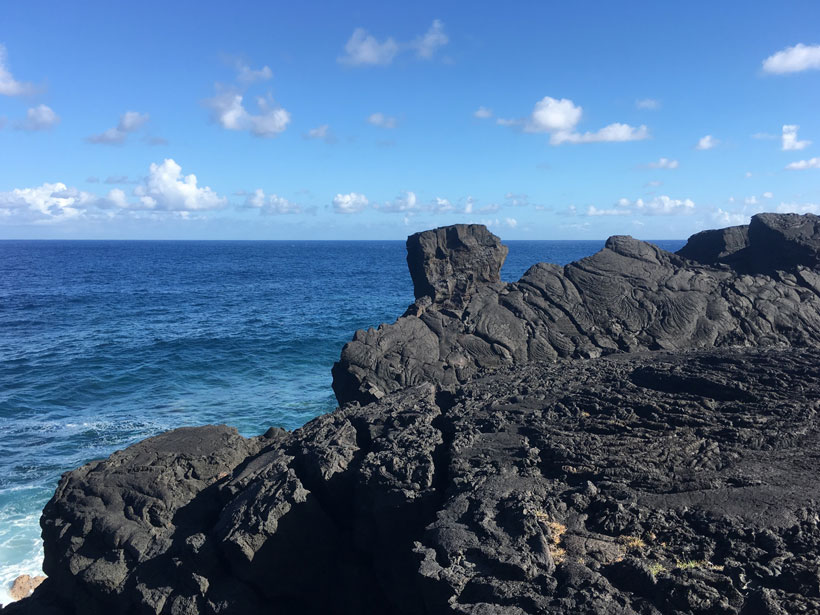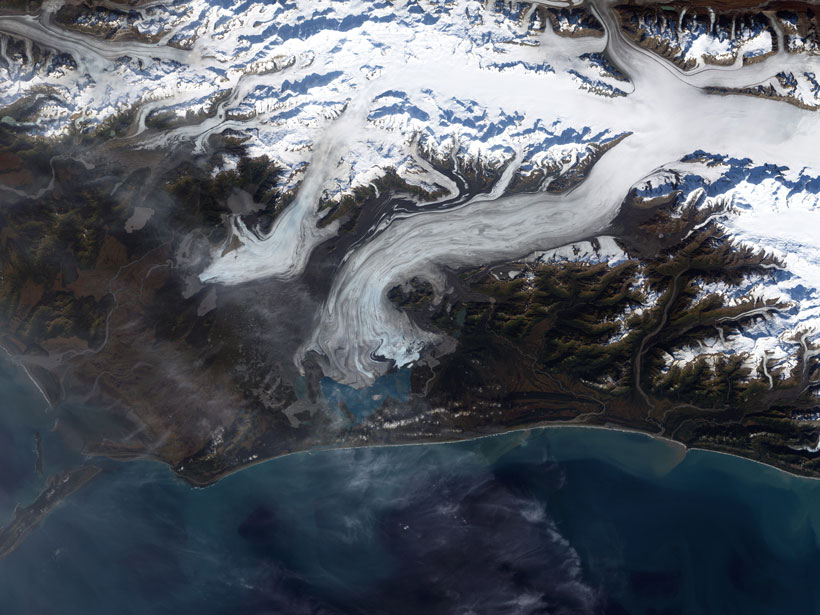Mineral dust aloft in the atmosphere has a cooling effect not accounted for in current climate models.
Jon Kelvey
Jon Kelvey is a freelance science writer who began writing for Eos in 2019. His work has also appeared in publications such as Air & Space, Cancer Today, Slate, and Smithsonian. He's been a daily newspaper reporter with the Baltimore Sun Group since 2014 covering health and features, coming to journalism after a decade in the California wine industry. He has a bachelor of arts in cognitive science from the University of California, Berkeley.
NASA’s Perseverance Rover Records the First Sounds of a Dust Devil on Mars
In a stroke of luck, the SuperCam microphone on Perseverance was turned on the moment a dust devil swept directly over the rover.
Lava from Bali Volcanoes Offers Window into Earth’s Mantle
Lava from the Agung and Batur volcanoes provides a near-pristine picture of Earth’s mantle and raises questions about all volcanoes along the Indonesian Sunda Arc and beyond.
La educación puede aumentar las emisiones pero mitigar el costo humano del cambio climático
El incremento en la educación en los países en vías de desarrollo podría traer un aumento modesto en las emisiones de carbono debido al crecimiento económico, pero la educación podría también reducir el impacto negativo del cambio climático en poblaciones vulnerables.
Education May Increase Emissions but Mitigate Human Cost of Climate Change
Increasing education in the developing world could lead to a modest increase in carbon emissions due to economic growth, but education could also reduce the negative impact of climate change on vulnerable populations.
AquaSat Gives Water Quality Researchers New Eyes in the Sky
A new data set combining sample data and remote sensing could give scientists the power to make accurate predictions at a global scale.
Shedding New Light on the Nitrogen Cycle in the Dark Ocean
Researchers find that the key players in nitrification may already be known.
New Study Hints at Bespoke Future of Lightning Forecasting
Researchers used machine learning to develop a model that can predict lightning strikes to within 30 minutes of their occurrence and within 30 kilometers of a weather station by using just four simple atmospheric measurements.
Leaky at the Core
New evidence from deep mantle plumes suggests that Earth’s liquid outer core might be leaking tungsten isotopes into the lower mantle.
Seismic Clues to Surging Glaciers
Measuring seismic waves passing through a glacier suggests that not only is liquid water playing a role in periodic surging but the water is channeled into cracks from across the ice.










